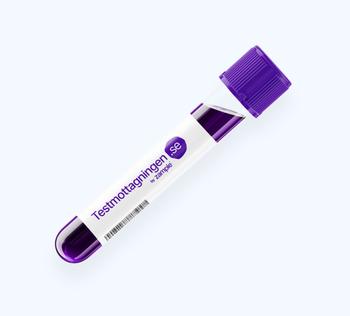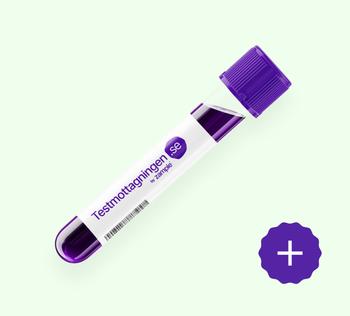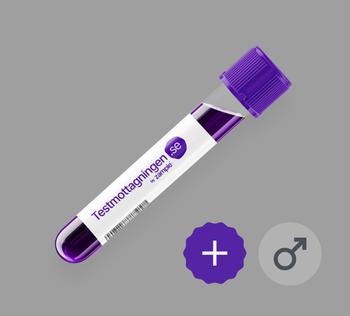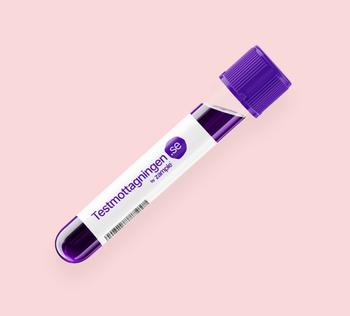What is Lactate dehydrogenase, LD?
S-LD, or lactate dehydrogenase also abbreviated LDH, is an enzyme marker found in the body's cells and indicates cell decay and tissue damage. Lactate dehydrogenase is involved in the conversion of lactic acid and pyruvate, which is necessary for the cell's energy metabolism. LD occurs in various tissues, including the heart, liver, muscles, and in your red blood cells. An elevated level of LD in the blood can indicate cellular or tissue damage and is used as a non-specific marker for various diseases and conditions, especially those affecting the heart muscle, skeletal muscle or liver. Analyzes of S-LD are used to evaluate and monitor the state of health and identify potential diseases and injuries.
Lactate dehydrogenase function and regulation
LD has a key role in the body's energy production and metabolism with the main function of assisting in the conversion of lactic acid to pyruvate. Process is part of the body's ability to produce energy through the breakdown of glucose in the cells.
When cells metabolize glucose, lactic acid is generated as an intermediate product. LD is responsible for catalyzing reactions that convert lactic acid to pyruvate and vice versa depending on the energy demand and oxygen availability in the cells. This regulation is crucial to adapt to different conditions, such as exercise or lack of oxygen.
It is important to note that LD is found in different forms tissues, such as heart, liver, muscle and red blood cells. This diversity enables adaptation and specialization of energy production depending on the specific requirements of each tissue type. In summary, LD is central to the cells' ability to produce energy and adapt to different metabolic requirements.
Why is S-LD analyzed?
The analysis of S-LD is crucial for assessing tissue damage and diseases related to heart, muscle and liver. S-LD acts as a marker of non-specific damage and can indicate potential problems within these organs and tissues. It is important to recognize that the S-LD assay does not provide an exact location of tissue damage, so additional testing and clinical assessment may be required to determine the specific cause of elevated S-LD levels.
What does a high value of S-LD mean?
Elevated levels of S-LD may indicate increased cell breakdown and tissue damage. This can be linked to various conditions such as heart attack, muscle damage or liver disease. By analyzing S-LD, doctors and caregivers get an overall indication of the health of the tissue and can use this information as a guide to determine the next step in the investigation or treatment.
Normal or low values usually indicate the absence of acute problems. The LD level can normally be found in the blood as a result of leakage from cells.
Reference values for S-LD
Reference values vary between laboratories but a normal value for an adult is between 1.8 to 3.4 µkat/L






























